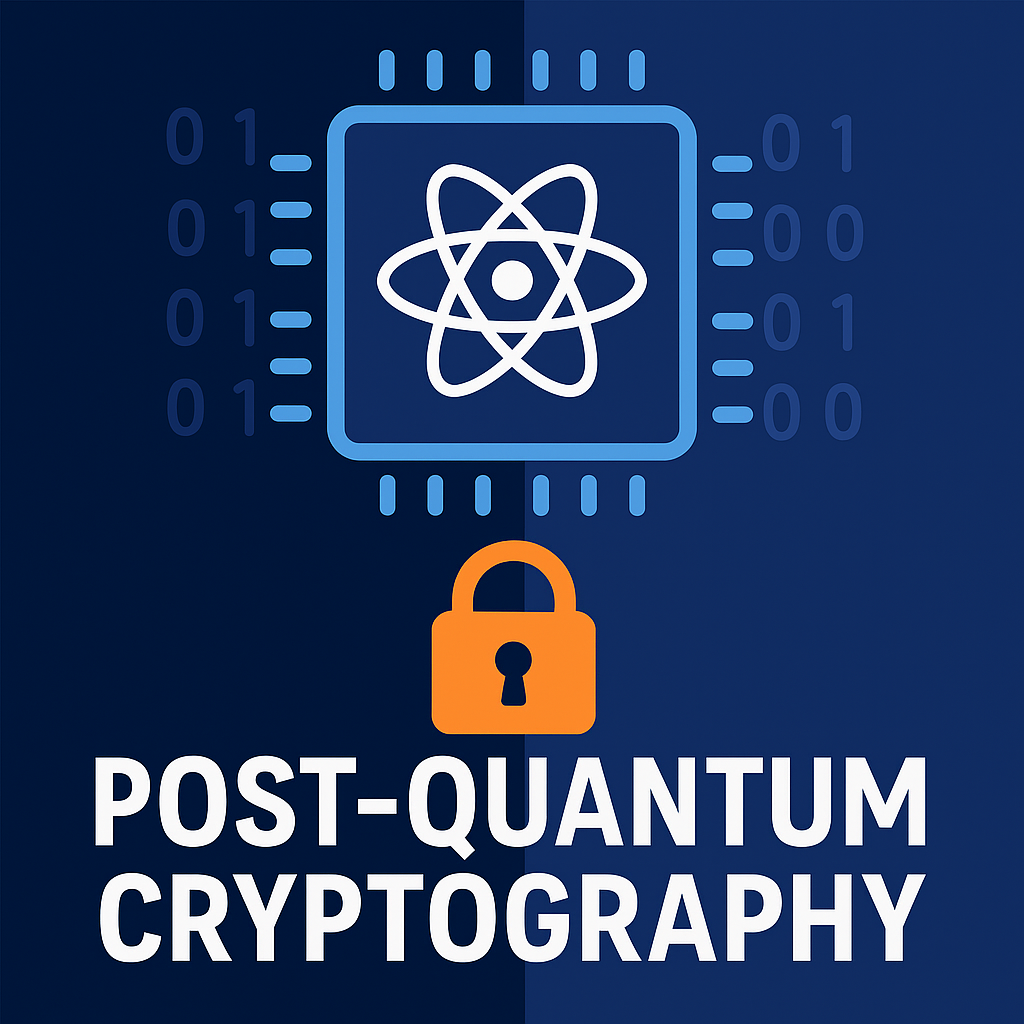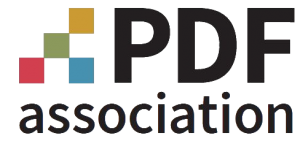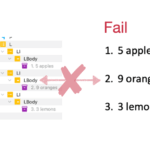PDF Industry Embraces Post-Quantum Cryptography to Secure Digital Signatures
October 17, 2025

PDF Industry Embraces Post-Quantum Cryptography to Secure Digital Signatures

October 17, 2025

About Daniel Wilson
In a world increasingly reliant on digital documents, the PDF format has long been a cornerstone of secure, legally binding agreements. Central to its reliability is the digital signature, a cryptographic mechanism that guarantees authenticity and integrity with mathematical precision. From corporate contracts to the European Union's eIDAS framework for trusted electronic transactions, PDF digital signatures underpin critical digital infrastructure worldwide.But a looming threat — quantum computing — could upend this trust. The PDF industry is taking proactive steps towards post-quantum cryptography (PQC) to counter this risk. At PDF Days 2025, a landmark agreement was reached to integrate quantum-resistant signature algorithms into the PDF specification. This marks a pivotal moment in preparing for the so-called "quantum apocalypse.
The Quantum Threat to Digital Signatures
Today's PDF digital signatures rely on robust cryptographic algorithms based on RSA and Elliptic Curve Cryptography (ECC), used for almost all current digital signatures and encryption. But quantum computers are expected to enable new techniques which will make these existing algorithms obsolete, rendering digital signatures that use them vulnerable to forgery or manipulation.
No one knows precisely when, or even if, a practical quantum computer will emerge. Estimates range from a decade to several decades, with some sceptics questioning whether such machines will ever be built. Yet, the stakes are high. Digitally signed PDFs are designed to remain valid indefinitely, meaning documents signed today must withstand future threats. The potential for a "quantum apocalypse"—a point at which quantum computers invalidate existing cryptographic protections—has spurred urgent action across industries, including the PDF ecosystem.
The Post-Quantum Leap
In August 2024, the U.S. National Institute of Standards and Technology (NIST) approved a trio of post-quantum cryptographic standards, including two digital signature algorithms: ML-DSA (Module-Lattice-based Digital Signature Algorithm) and SLH-DSA (Stateless Hash-based Digital Signature Algorithm). These are believed to be resistant to both classical and quantum attacks and offer a lifeline for industries reliant on cryptographic trust in the quantum age.
The PDF industry has been following these developments very closely; the first PDF signed with the ML-DSA algorithm was exchanged between BFO and Adobe in May 2025, with documents signed with the SLH-DSA algorithm exchanged soon after.
These successful exchanges between vendors led to an agreement made at PDF Days 2025, the annual gathering of PDF vendors, developers, and stakeholders, to formalize the addition of these two new post-quantum signature algorithms to the PDF specification.
Mike Bremford, CTO of BFO, emphasised the urgency: “Post-quantum cryptography is just over the horizon. We might not know exactly how far, but the millions of people worldwide who rely on PDF signatures need to know the industry is preparing for it so they can continue to trust in the technology.”
Challenges and Opportunities
Integrating PQC into the PDF digital signature ecosystem will require changes at many levels—from hardware security module (HSM) manufacturers and the certificate authorities (CAs) who issue the digital certificates, through to the PDF viewers and validation tools which will need to recognise them. Formalising these additions in the PDF specification, a process already underway, is only one of these steps.
While the technical feasibility has been proven, challenges remain. PQC algorithms often result in larger signatures than their classical counterparts, which could impact performance, particularly in resource-constrained environments like mobile devices.
Transitioning to PQC also requires careful planning to avoid disrupting existing workflows. Documents signed with RSA or ECC today will remain valid, as digital signatures in PDFs don’t expire. But early adoption of PQC for new signatures will simplify trust in the post-quantum era.
A Broader Context: PQC Beyond PDFs
The PDF industry’s move aligns with broader efforts to secure digital infrastructure against quantum threats. NIST’s PQC standards are being adopted across sectors, from cloud computing to blockchain.
In May 2024, Zoom announced post-quantum end-to-end encryption for its video conferencing platform, leveraging NIST’s Kyber algorithm for key exchange. Financial institutions and government agencies are similarly exploring PQC to protect sensitive data and transactions.
By embedding quantum-resistant signatures into a format used by billions, vendors like BFO and Adobe are helping to maintain unbroken digital trust, even in a quantum future.
Looking Ahead
The agreement at PDF Days 2025 is just the first formal step for the PDF community. As the specification is finalised and published, vendors, developers, and users must collaborate to implement and adopt these new standards.
For organisations relying on PDFs for secure transactions, the message is clear: the industry is preparing for the quantum era, and trust in digital signatures will endure. As Bremford noted, the timeline for quantum computing remains uncertain, but preparation cannot wait. “We’ve proved it can be done,” he said. “Now it’s about getting everyone on board.”
The quantum apocalypse may be coming, but the PDF ecosystem is prepared—preserving digital signatures as a cornerstone of trust in the digital world.




